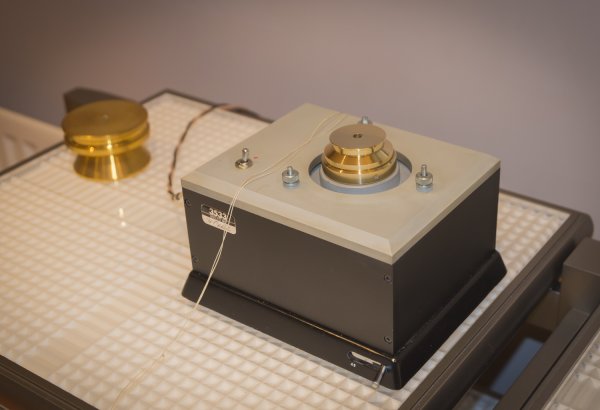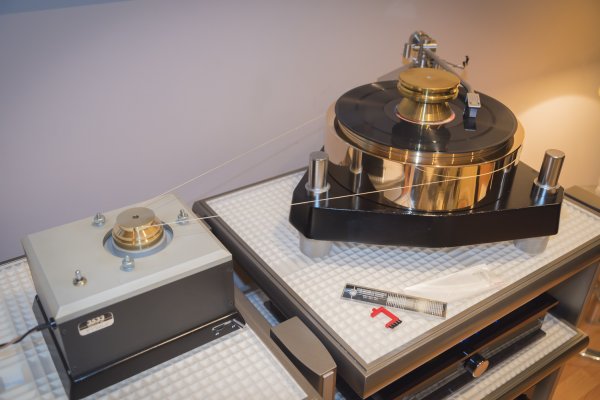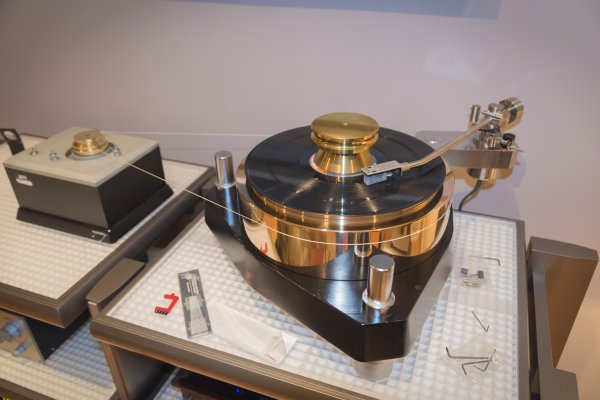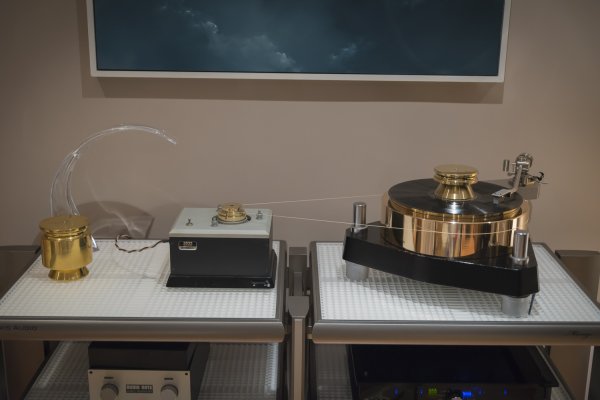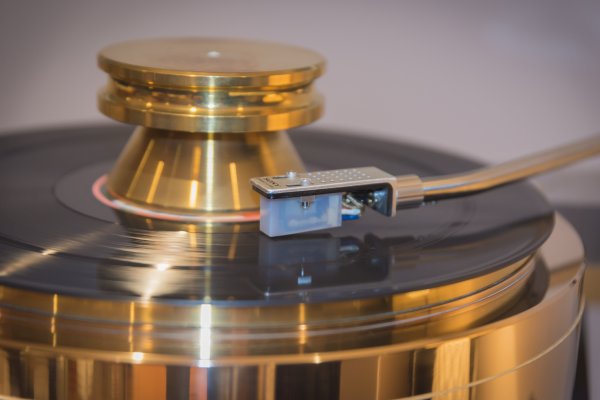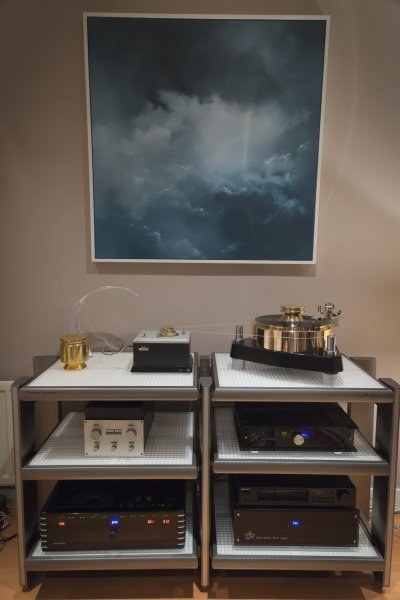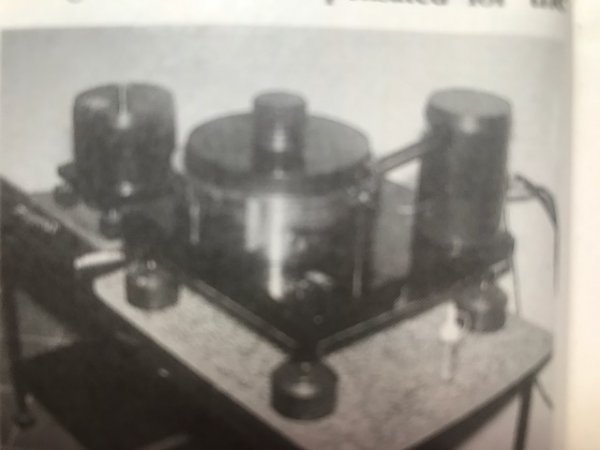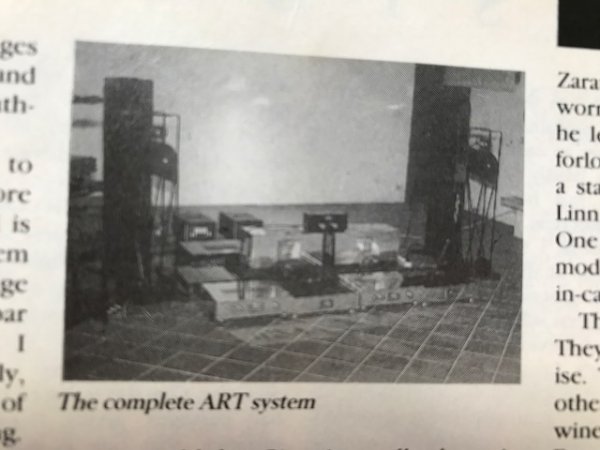Ressurection of a legend, the mythical Melco 3560.
It was suggested that I should share a recent set up of some friends vintage analog turntable from the late 70's, the likes of which had never been seen before, certainly here in the UK, but possibly anywhere. At this time, 1978-79, the big players were the top level Japanese brands, Micro Seiki, Denon, JVC Victor, Sony, etc, while british and european brands were desperatly trying to keep up, and struggling. My two friends were at the time using LP12's, as were (and still are) many others in the Uk, which was a top price tt. Their exposure to the Melco was via a company based in west London called Studio Beco, and run by Be Yamamura, well known to many in the industry as a pioneer ahead of his time, and a serious tinkerer! Studio Beco were showing the Melco as a static display only at a show near Heathrow probably, and my friends were entranced by this beast from the East, it was just so radical in comparison to everyting else, they just had to hear it working, which after a short while they did, and the memory of that first session lives with them to this day. The system Be used was just extraordinary for London around then, which was by now around 1981. I think it was all Audio Note Kondo/ horns / silver cable everywhere! Anyway, they hatched a plan to get one of these Melco's, and it was Be's very own 3560 that they became full time owners of shortly after, as Be had been working on his own design of similar properties and wanted to include air bearing support to the platter, much like the American Sound that DDK has been working on some 35 years later. Whether Be's design ever made production we do not know, but the concept was beyond high end back then.
The Melco 3560 became legendary, with as far as we are aware only 2 exported to europe, and has been kept by my friends ever since. It did however, get dismantled due to space over 10 years ago, as to work at it's best it does require space and some serious support, all in, we are looking at 100+ Kg. Initially a Fidelity Research 64 was fitted, but soon changed to a 66-s for the pricely sum of £600, and this stayed as partner to the Melco ever since, an inseperable marriage.
With the advent of a new property and a new rack to put it on, the Melco travelled 400 miles north to Scotland to be re-assembled and run again, which we did just before xmas. A very eventful few days, battling through wind rain then heavy snow to get to Edinburgh then to unload this thing of unbelievable gravitational force, it took two of us just to lift the base below:
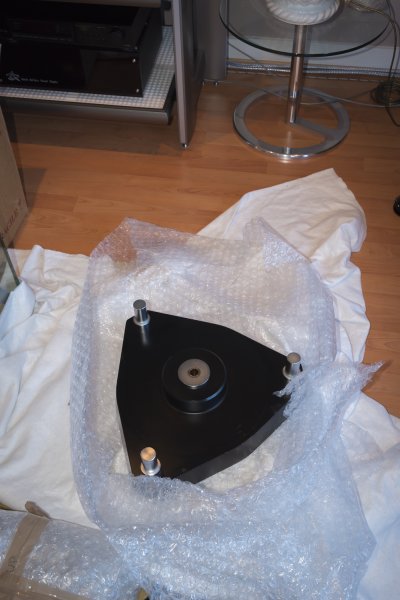
50 Kg of cast iron and steel, not something to drop on your foot!
Set up was done the following day, with much care but it was actually quite straightforward once the mass was safeley on the rack (bit nervy ) I did take the precaution of ensuring the rack would take the weight by adding 4 aluminium support blocks to the already very rigid frame directly underneath the Melco's dedicated platform.
) I did take the precaution of ensuring the rack would take the weight by adding 4 aluminium support blocks to the already very rigid frame directly underneath the Melco's dedicated platform.
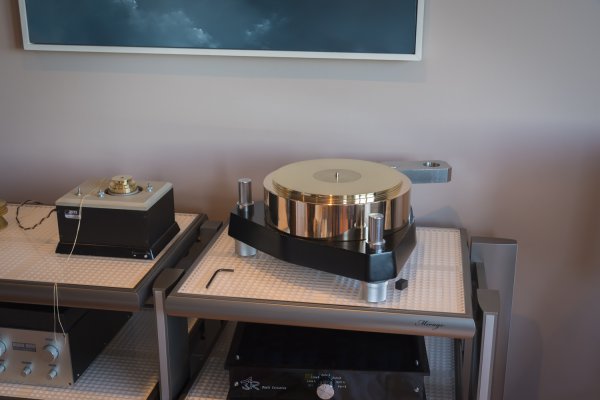
One thing to note here is the serial number; #1 , not a bad one to own eh?
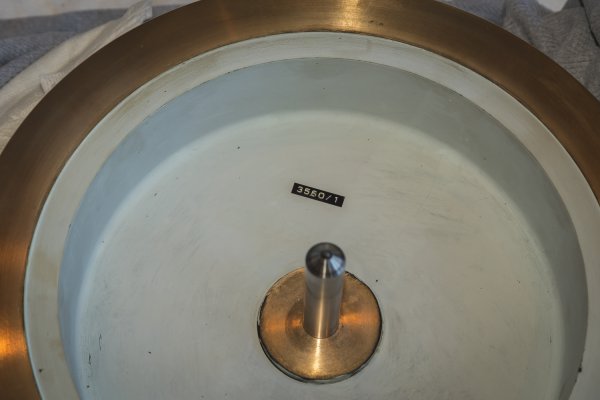
This Melco actually has an additional 6kg Brass top plate to the platter, I guess Be didn't reckon 35Kg of gunmetal to be enough
 So we are up to over 90 Kg so far. Then the arm boards came out. Bespoke parts, made in west London to take the FR66, this was another 4 Kg of 316 Stainless Steel, then the arm:
So we are up to over 90 Kg so far. Then the arm boards came out. Bespoke parts, made in west London to take the FR66, this was another 4 Kg of 316 Stainless Steel, then the arm:
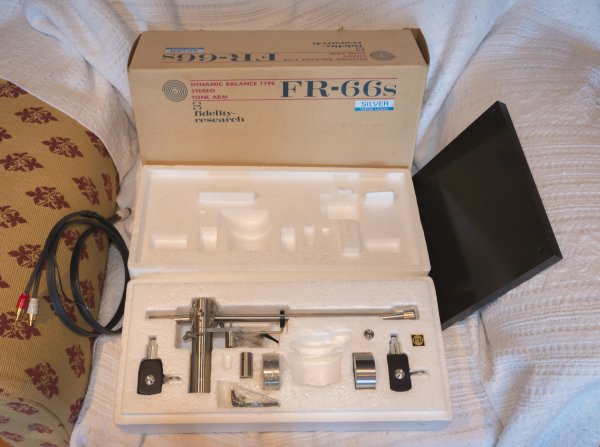
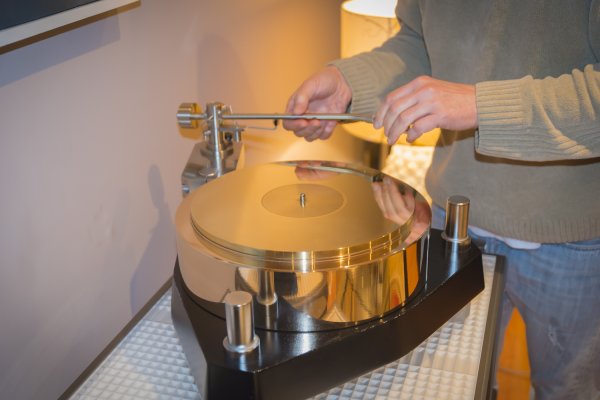
The motor unit for the Melco sits on its own isolated support shelf, which was ideal as it can be a tricky one to get set up to be noise and vibration free, and my friends had concerns of hearing the hum through the cartridge, but thankfully for me, the rack did a good job of blocking all mechanical bonding of the two, with just the silk thread linking them together:
It was suggested that I should share a recent set up of some friends vintage analog turntable from the late 70's, the likes of which had never been seen before, certainly here in the UK, but possibly anywhere. At this time, 1978-79, the big players were the top level Japanese brands, Micro Seiki, Denon, JVC Victor, Sony, etc, while british and european brands were desperatly trying to keep up, and struggling. My two friends were at the time using LP12's, as were (and still are) many others in the Uk, which was a top price tt. Their exposure to the Melco was via a company based in west London called Studio Beco, and run by Be Yamamura, well known to many in the industry as a pioneer ahead of his time, and a serious tinkerer! Studio Beco were showing the Melco as a static display only at a show near Heathrow probably, and my friends were entranced by this beast from the East, it was just so radical in comparison to everyting else, they just had to hear it working, which after a short while they did, and the memory of that first session lives with them to this day. The system Be used was just extraordinary for London around then, which was by now around 1981. I think it was all Audio Note Kondo/ horns / silver cable everywhere! Anyway, they hatched a plan to get one of these Melco's, and it was Be's very own 3560 that they became full time owners of shortly after, as Be had been working on his own design of similar properties and wanted to include air bearing support to the platter, much like the American Sound that DDK has been working on some 35 years later. Whether Be's design ever made production we do not know, but the concept was beyond high end back then.
The Melco 3560 became legendary, with as far as we are aware only 2 exported to europe, and has been kept by my friends ever since. It did however, get dismantled due to space over 10 years ago, as to work at it's best it does require space and some serious support, all in, we are looking at 100+ Kg. Initially a Fidelity Research 64 was fitted, but soon changed to a 66-s for the pricely sum of £600, and this stayed as partner to the Melco ever since, an inseperable marriage.
With the advent of a new property and a new rack to put it on, the Melco travelled 400 miles north to Scotland to be re-assembled and run again, which we did just before xmas. A very eventful few days, battling through wind rain then heavy snow to get to Edinburgh then to unload this thing of unbelievable gravitational force, it took two of us just to lift the base below:

50 Kg of cast iron and steel, not something to drop on your foot!
Set up was done the following day, with much care but it was actually quite straightforward once the mass was safeley on the rack (bit nervy

One thing to note here is the serial number; #1 , not a bad one to own eh?

This Melco actually has an additional 6kg Brass top plate to the platter, I guess Be didn't reckon 35Kg of gunmetal to be enough


The motor unit for the Melco sits on its own isolated support shelf, which was ideal as it can be a tricky one to get set up to be noise and vibration free, and my friends had concerns of hearing the hum through the cartridge, but thankfully for me, the rack did a good job of blocking all mechanical bonding of the two, with just the silk thread linking them together:
Last edited:


